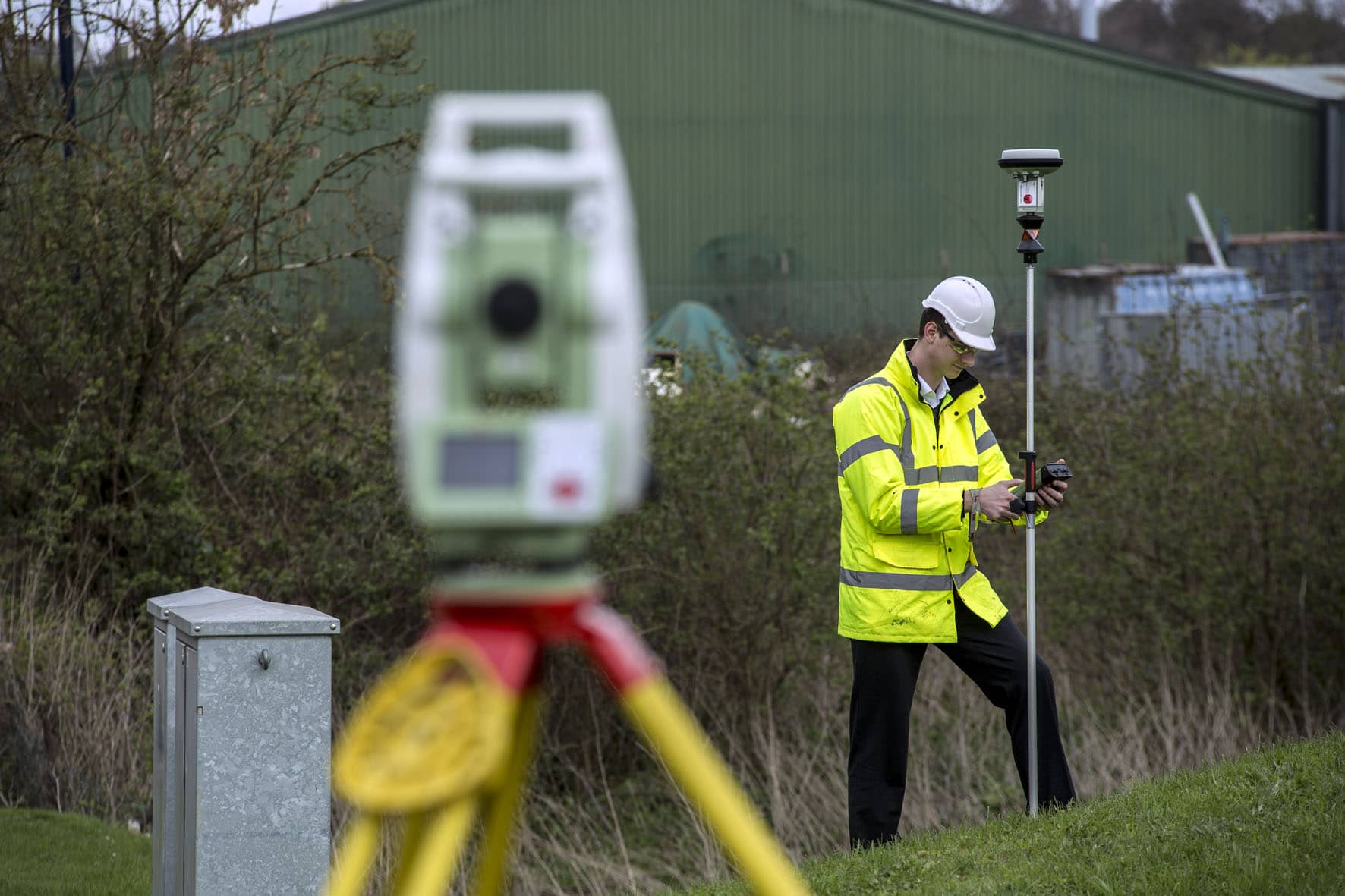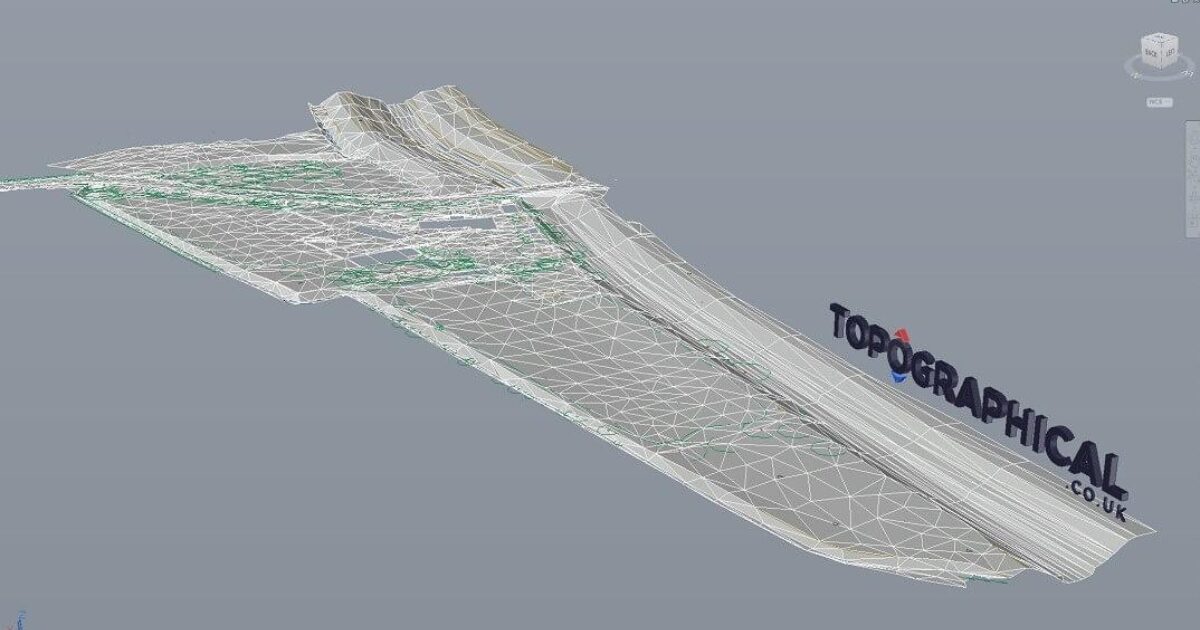The Importance of Setting Out Engineering in Construction Projects
Wiki Article
Important Tools and Methods in Laying Out Design
The technique of setting out engineering relies heavily on a suite of essential devices and methods that underpin the accuracy and efficiency of job execution. Instruments such as surveyor's degrees, overall stations, and advanced GPS technology are important for establishing accurate reference factors. Additionally, the combination of standard methods with modern methods, including geospatial analysis and 3D modeling, offers substantial advantages in picturing site conditions. Comprehending how these aspects interact is critical for minimizing mistakes and improving job results, yet the subtleties of their application frequently continue to be neglected. What implications does this hold for future design practices?The Relevance of Accurate Measurements

The relevance of accurate measurements expands beyond simple conformity; they are integral to the general effectiveness of engineering procedures. Errors can bring about worldly waste, job delays, and enhanced labor prices, ultimately influencing the job's bottom line. Exact dimensions enhance the top quality of the last item, ensuring that it performs as intended and satisfies the assumptions of stakeholders.
In addition, the importance of accurate measurements appears in numerous design self-controls, consisting of civil, mechanical, and electric design. Each area requires an one-of-a-kind strategy to dimension, yet the underlying necessity for accuracy remains consistent. As tasks come to be increasingly intricate, the dependence on precise dimensions will just magnify, underscoring the demand for continual innovations in dimension methods and technologies. Thus, cultivating a society that prioritizes precision is important for the future of engineering.
Essential Devices for Setting Out
Laying out, a critical phase in the design and construction process, relies heavily on details devices that make sure precise location and positioning of frameworks. Amongst these tools, the land surveyor's level sticks out, giving precise straight measurements crucial for establishing recommendation factors. This tool enables engineers to establish altitude changes and preserve harmony across the project site.
The overall terminal is another vital device, incorporating electronic range dimension with angular dimension abilities. This technology boosts efficiency and accuracy in capturing spatial data, permitting reliable site layout and planning.
Additionally, making use of gauging tapes and noting devices, such as chalk lines or risks, is basic for momentarily noting boundaries and important factors on the website. These fundamental devices, though simple, are important for making sure clear interaction amongst the building and construction team concerning project specifications.
Lastly, GPS technology has acquired traction in laying out procedures, offering real-time positioning data and considerably improving accuracy over standard approaches. Jointly, these necessary tools form the backbone of effective setting out techniques, eventually contributing to the successful implementation of design and building jobs.
Advanced Surveying Strategies
Advanced evaluating strategies play an essential role in enhancing the accuracy and effectiveness of engineering projects. These strategies include a variety of techniques that provide exact data for design and building and construction. Conventional methods, such as progressing and triangulation, have evolved right into much more sophisticated techniques, including Complete Station surveys and Global Navigation Satellite Systems (GNSS)Total Station devices incorporate electronic theodolites with range measurement capacities, permitting property surveyors to collect specific place data with great speed. This modern technology substantially reduces errors linked with hand-operated measurements and supplies real-time information processing. Additionally, GNSS offers unmatched accuracy for large projects by using satellite signals to identify precise positioning, which is essential for lining up frameworks and ensuring compliance with layout requirements.
In enhancement to these tools, progressed methods additionally include geospatial evaluation and 3D modeling. These techniques make it possible for designers to envision surface and website conditions better, facilitating better decision-making during the planning stage. By employing these advanced surveying techniques, design tasks can attain greater accuracy in format, decrease rework, and inevitably improve general project success.
Digital Modern Technology in Engineering
The assimilation of digital modern technology has changed design practices, boosting both performance and accuracy throughout various disciplines. Devices such as Building Details Modeling (BIM) assist in the visualization and monitoring of intricate tasks, enabling engineers to collaborate perfectly and make informed decisions. This modern technology enables the production of in-depth 3D designs, which can be analyzed for architectural integrity and performance prior to building and construction begins.
The application of synthetic knowledge and artificial intelligence in engineering procedures even more boosts predictive upkeep and optimization of resources. These modern technologies make it possible for the evaluation of substantial data collections, causing much better projecting and boosted task results. On the whole, digital modern technology is improving the engineering landscape, driving technology, and ensuring that projects are finished with better efficiency and decreased threat. As the sector remains to progress, embracing these tools will certainly be essential for future success.
Finest Practices for Implementation
When implementing digital modern technology in design, it is essential to develop a tactical technique that straightens with project goals and business capabilities. A detailed analysis of existing workflows and technology framework is necessary to recognize voids and chances for renovation. Involving stakeholders early at the same time fosters collaboration and makes sure that the modern technology meets user requirements.
Project managers should adopt an iterative execution technique, enabling changes based upon real-time comments and efficiency analyses. This dexterous technique not just reduces risks yet likewise advertises continuous enhancement by incorporating lessons learned.
Final Thought
In final thought, the integration of crucial tools and advanced techniques in establishing out engineering is essential for making sure accuracy in measurements and effective job implementation. Employing tools such as property surveyor's levels, overall terminals, and GPS modern technology, along with modern checking techniques, boosts precision and minimizes the probability of mistakes. Adopting best techniques in execution further maximizes these procedures, inevitably promoting improved project results in the engineering and building sectors.The self-control of establishing out engineering counts heavily on a suite of crucial tools and strategies that underpin the precision and effectiveness of project execution.In addition, the relevance of precise measurements is apparent in numerous engineering self-controls, including civil, mechanical, and electrical engineering. By employing these advanced checking techniques, design projects can accomplish higher accuracy in layout, minimize rework, and eventually enhance total task success.
In general, digital modern technology is reshaping the design landscape, driving technology, and making certain that jobs are finished with better performance and lowered threat (setting out engineering).In final thought, the combination of necessary devices and advanced methods in establishing out design is essential for guaranteeing accuracy in measurements and effective task implementation
Report this wiki page